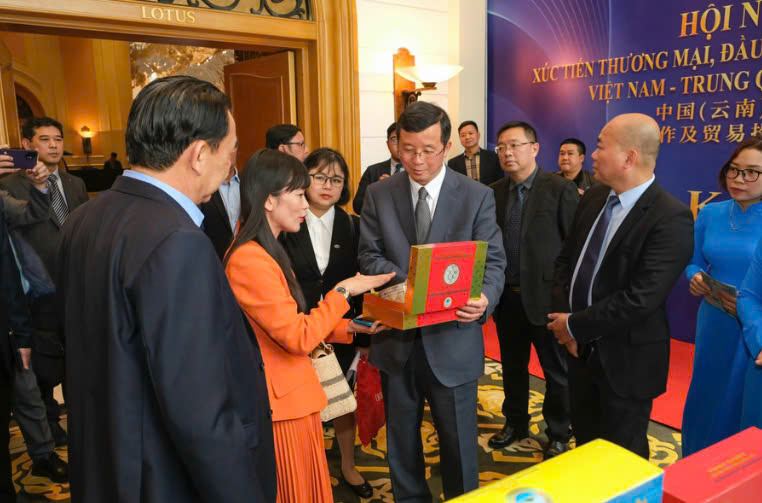In the ever-evolving landscape of global trade, Vietnam is taking significant strides to enhance its position through the National Trade Promotion Program. Launched to adapt to shifting market dynamics, the program emphasizes innovation and flexibility in trade promotion activities, aiming to penetrate new export markets effectively.

As of 2024, Vietnam’s export sector has demonstrated remarkable resilience despite global economic challenges. According to the Ministry of Industry and Trade, Vietnam's export turnover reached approximately $350 billion, marking a year-on-year increase of 12%. This growth can be attributed to the strategic initiatives under the National Trade Promotion Program, which has been pivotal in navigating the complexities of international markets.
One of the program's core strategies has been the diversification of export markets. In the first half of 2024, Vietnamese exports to regions such as Africa and South America surged by 25% compared to the previous year. This increase is partly due to targeted trade promotion activities that include participation in international trade fairs, virtual trade missions, and the establishment of trade offices abroad. For instance, the recent virtual trade expo facilitated connections between over 1,000 Vietnamese businesses and international buyers, showcasing products from textiles to electronics, and significantly boosting visibility for lesser-known Vietnamese brands.
Moreover, the program has prioritized innovation in promotional techniques. The use of digital platforms has transformed traditional methods, enabling businesses to reach broader audiences without the geographical constraints of physical trade shows. In 2024, around 70% of trade promotion activities were conducted online, reflecting a growing recognition of digital marketing's effectiveness. Case studies of successful campaigns, such as the promotion of Vietnamese coffee and seafood through social media channels, illustrate how leveraging digital tools has opened new avenues for engagement with global consumers.
Flexibility has also been a hallmark of the National Trade Promotion Program. The ongoing global economic uncertainties necessitate a quick response to market fluctuations. The program has empowered businesses to adjust their strategies based on real-time market data. For example, a notable shift occurred in the electronics sector, where manufacturers pivoted towards producing smart devices in response to increasing global demand. The adaptability shown by these companies has not only helped them sustain their market presence but has also attracted foreign investments, contributing to a robust ecosystem for innovation and production.
In addition to focusing on new markets and innovative strategies, the program emphasizes capacity building for businesses. Workshops and training sessions have been organized to equip local exporters with essential skills in negotiation, international marketing, and quality control. By the end of 2024, over 5,000 businesses had participated in these training programs, enhancing their competitiveness in the global arena.
The National Trade Promotion Program is a testament to Vietnam’s commitment to fostering sustainable economic growth through strategic trade initiatives. As the program continues to evolve, it paves the way for Vietnamese enterprises to not only survive but thrive in the competitive landscape of international trade. The success seen in 2024 reflects a forward-thinking approach that prioritizes innovation, flexibility, and resilience, ensuring that Vietnam remains an attractive player in the global market.
In conclusion, the National Trade Promotion Program exemplifies how a proactive and adaptable strategy can effectively respond to market demands and challenges. By focusing on expanding new export markets and leveraging innovative promotional methods, Vietnam is poised to secure its position as a formidable force in global trade for years to come.
Hotline
Hotline